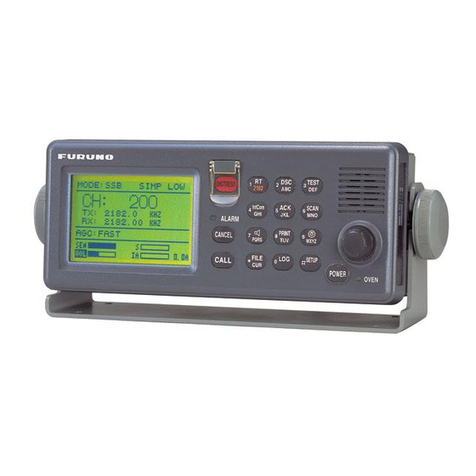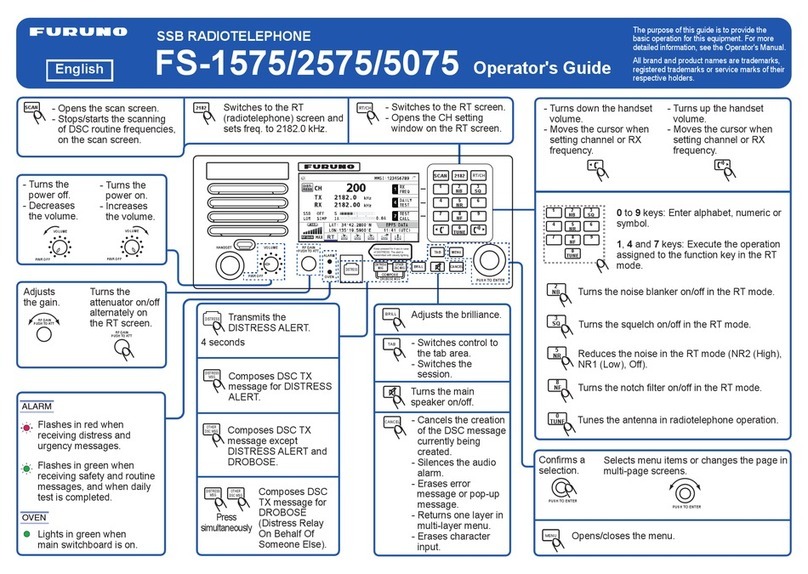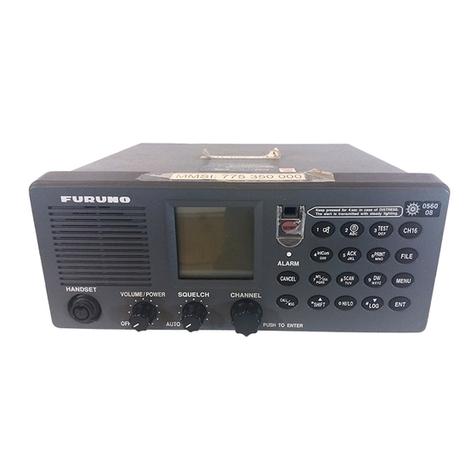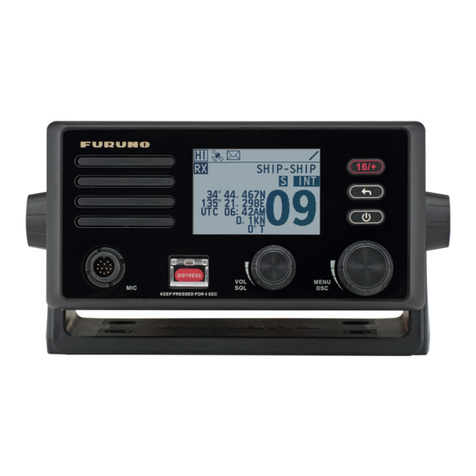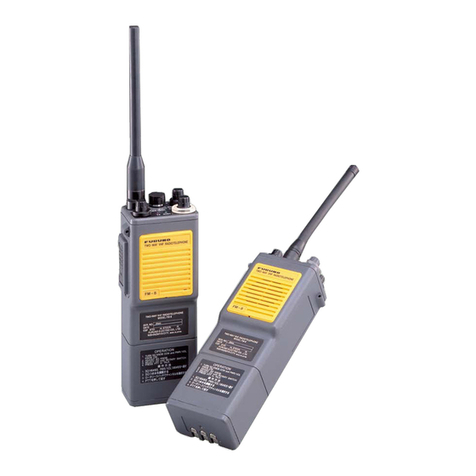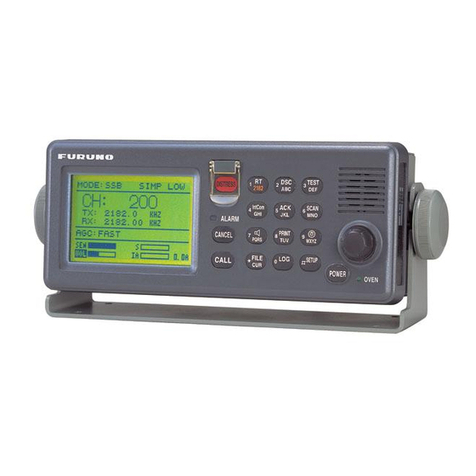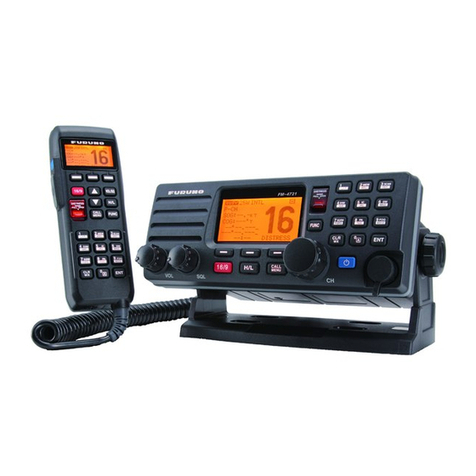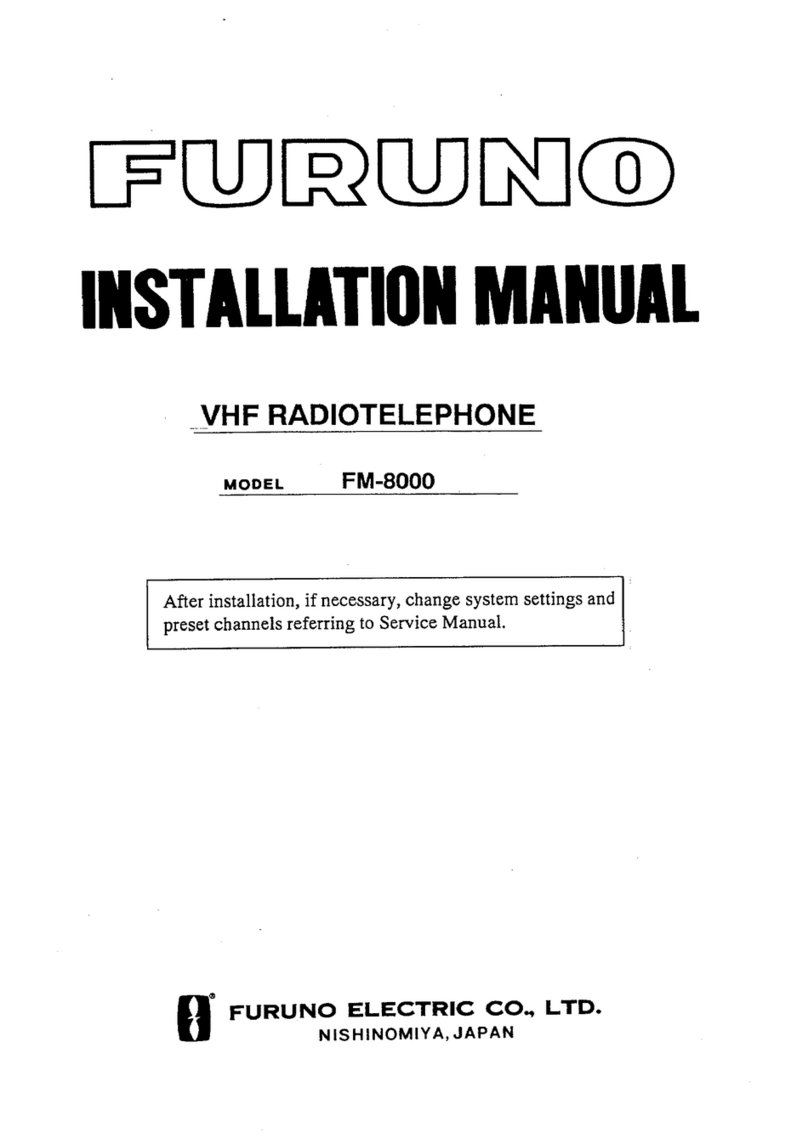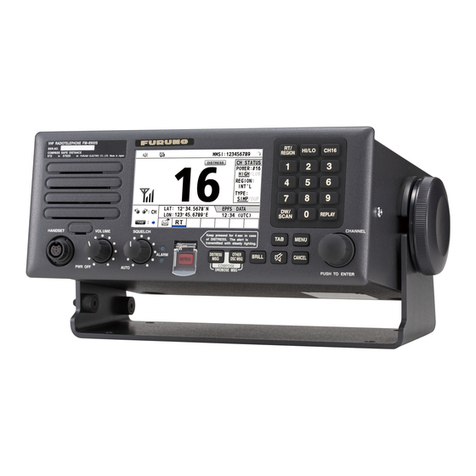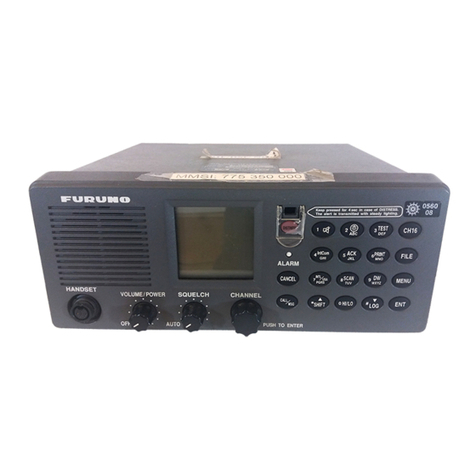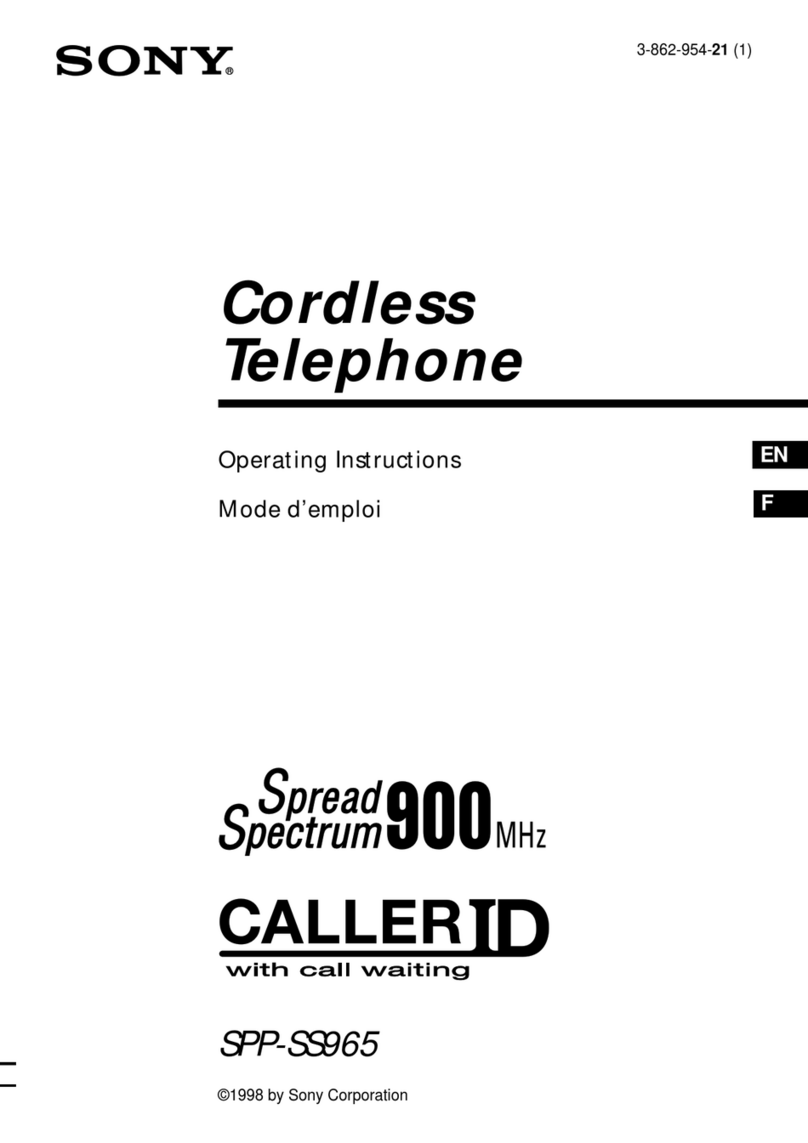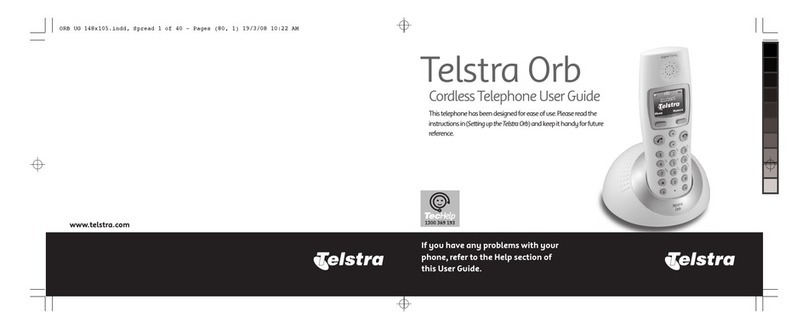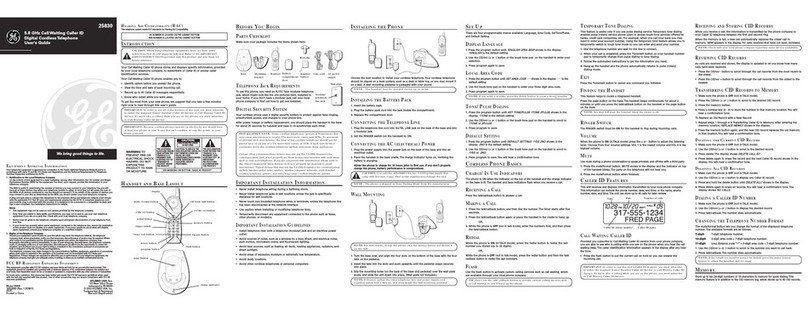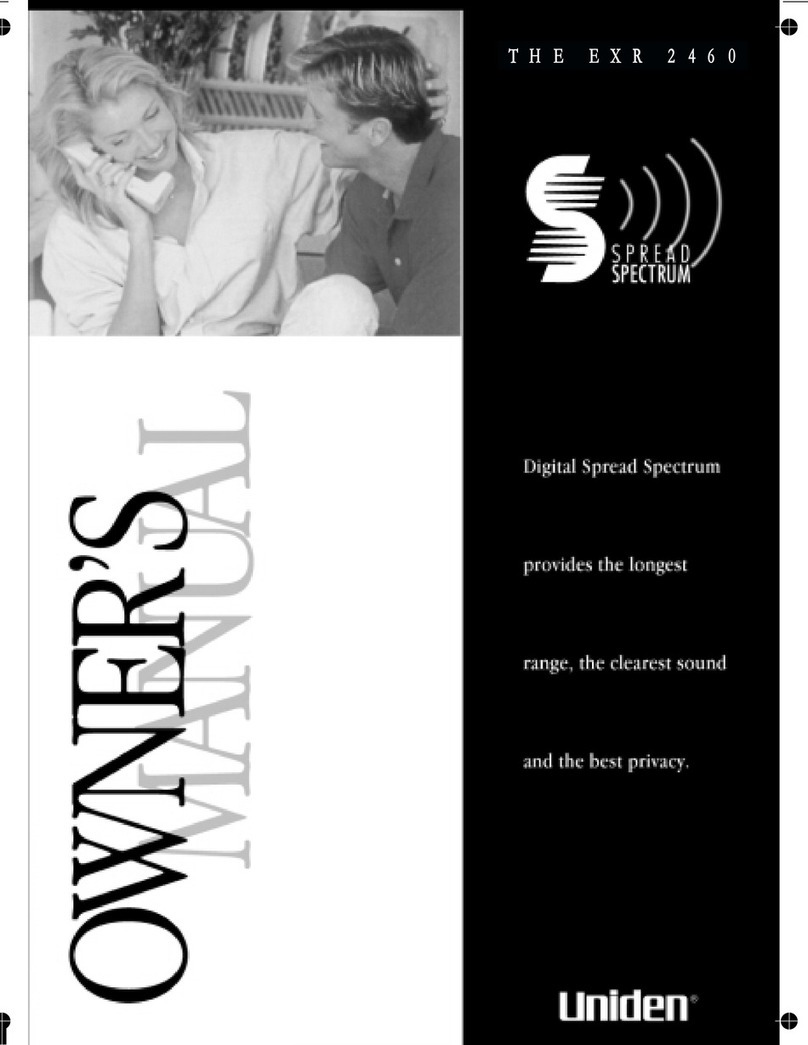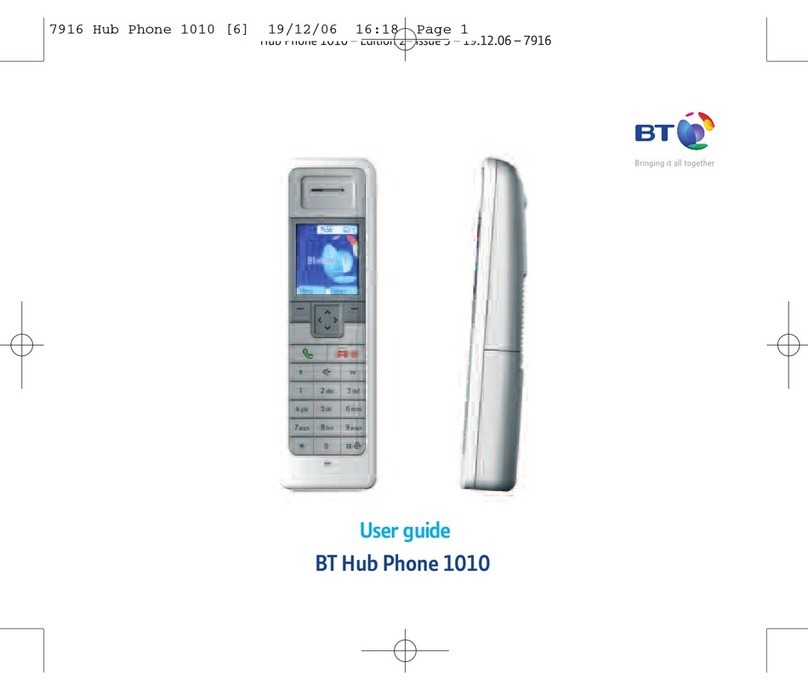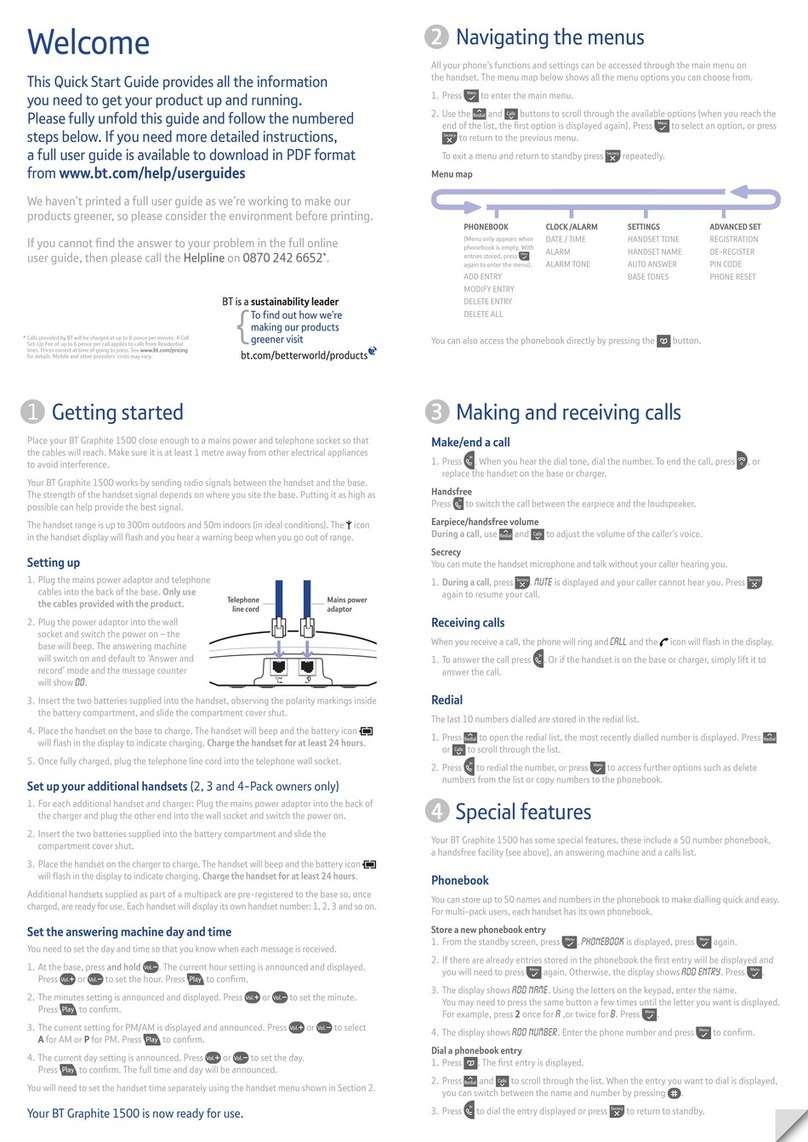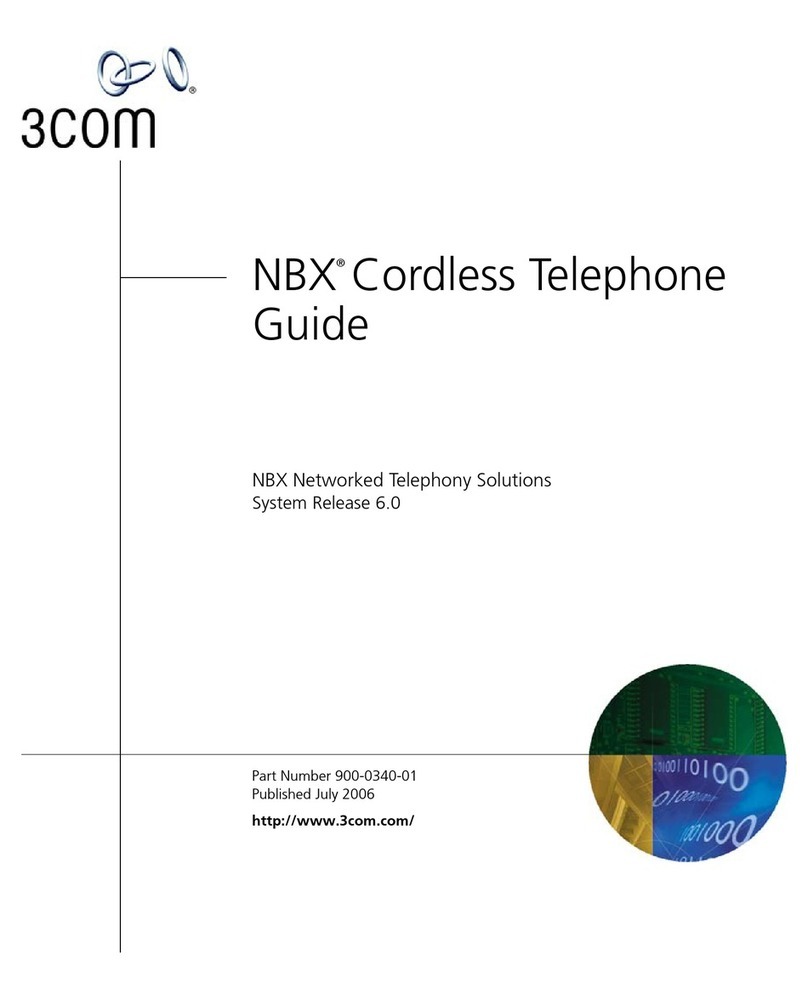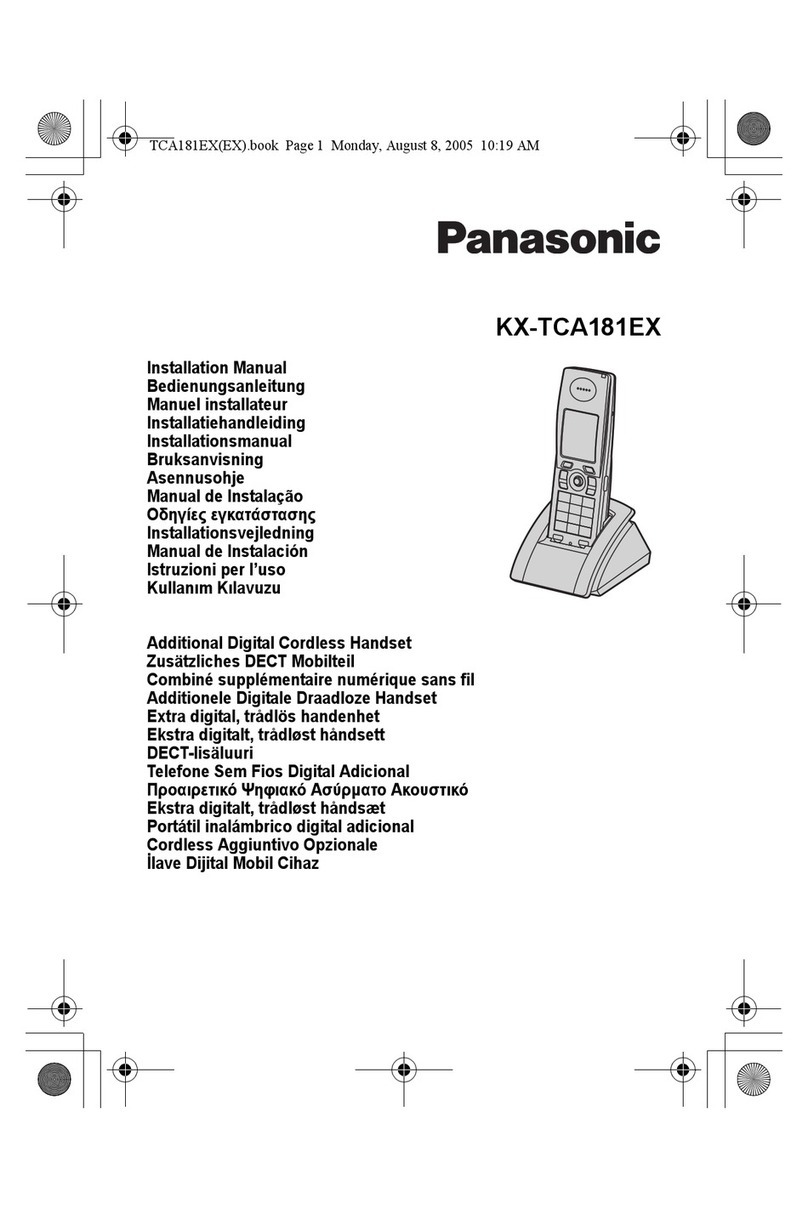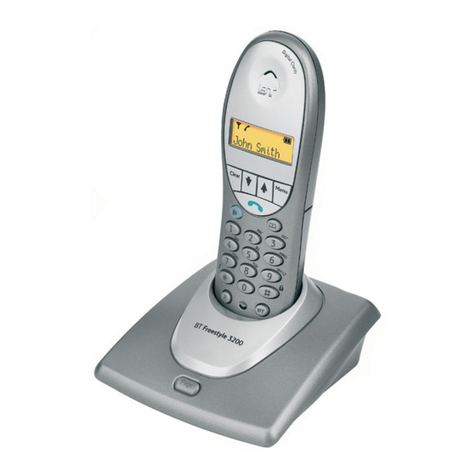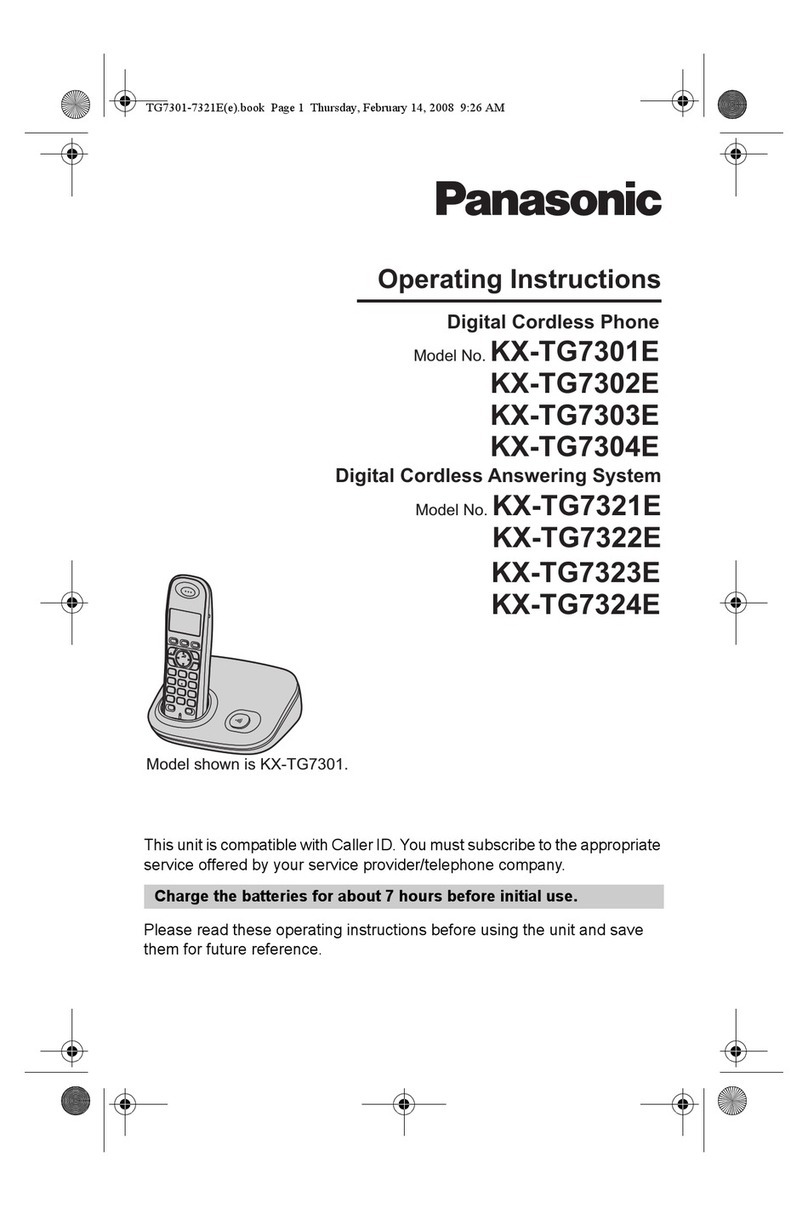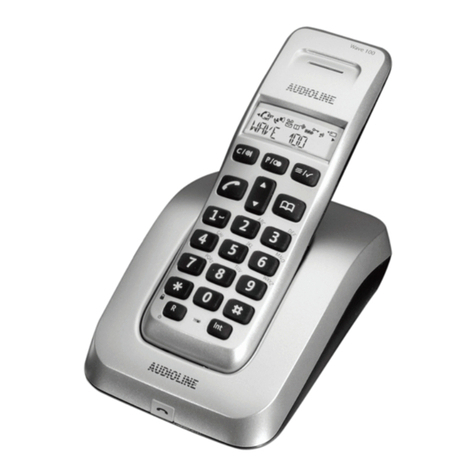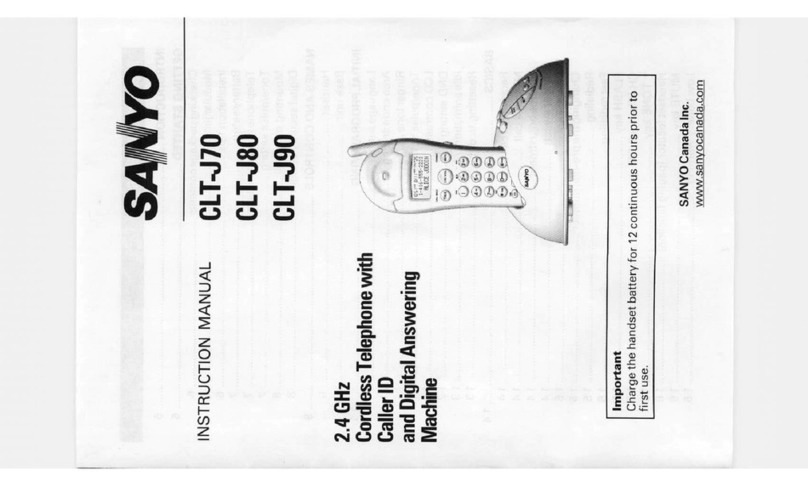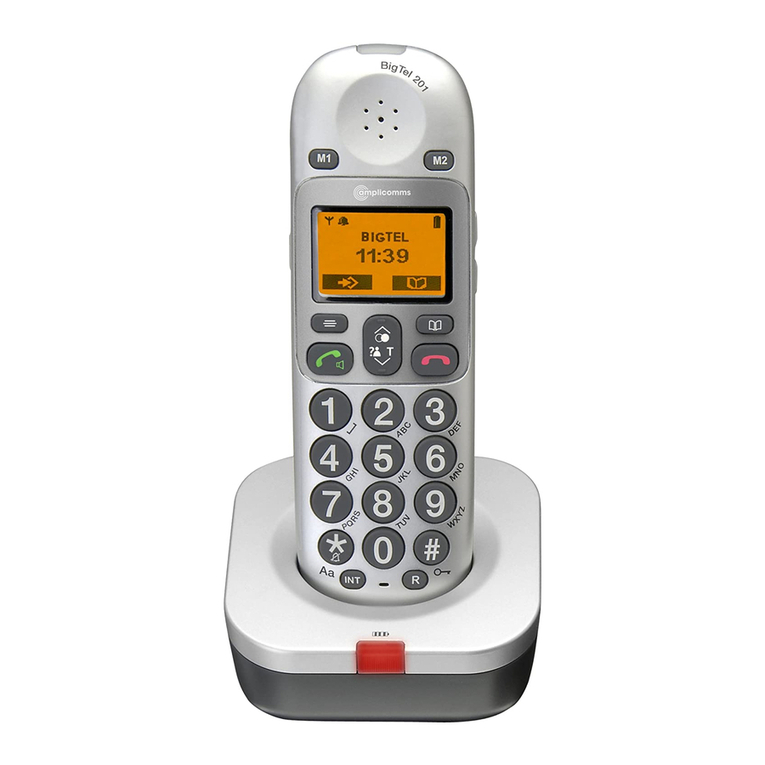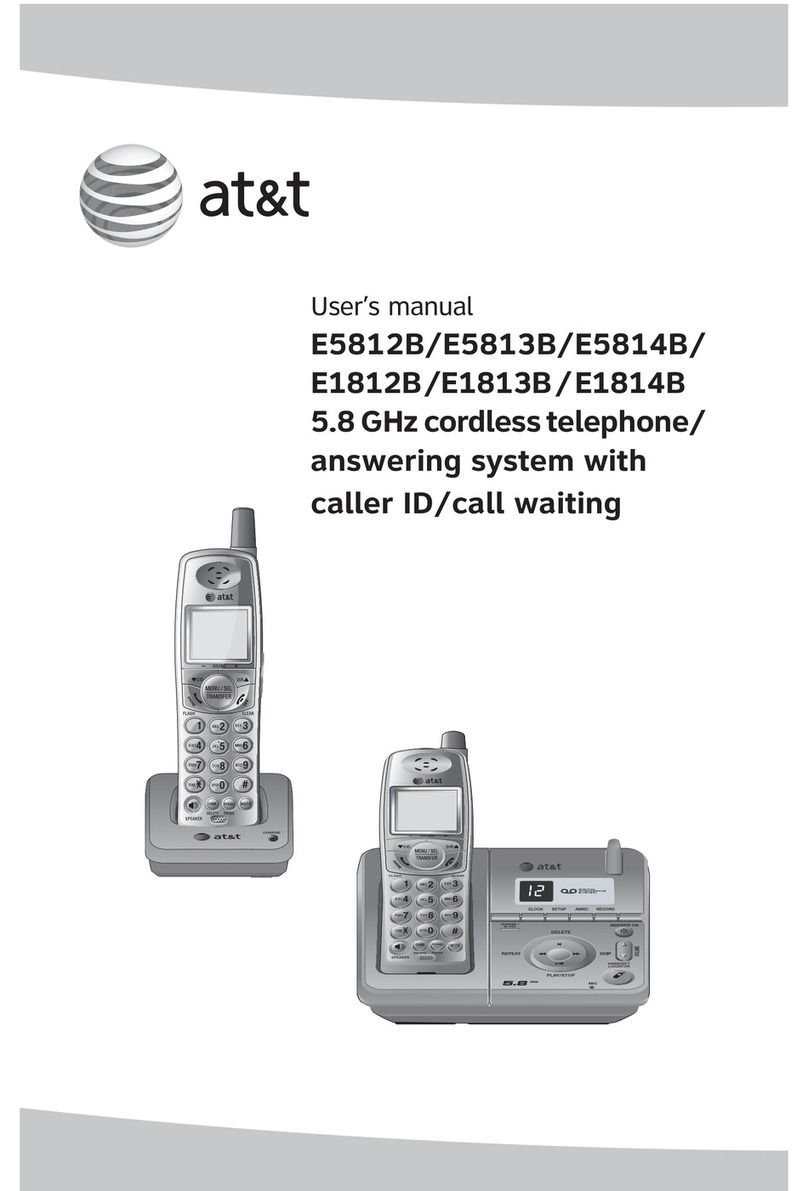
iii
TABLE OF CONTENTS
FOREWORD .........................................................................................................v
SYSTEM CONFIGURATION............................................................................... vii
SPECIFICATIONS...........................................................................................SP-1
1. OPERATIONAL OVERVIEW
1.1 Controls Keys and LCD Indication .............................................................................1-1
1.2 VHF Basic Operation.................................................................................................1-7
1.3 DSC Operational Overview......................................................................................1-10
1.4 Priority.....................................................................................................................1-12
2. DSC DISTRESS COMMUNICATION
2.1 DistressAlert Transmission from the DISTRESS Key................................................2-1
2.2 DistressAlert Transmission with Nature of Distress ...................................................2-3
2.3 Distress Alert Transmission From CALL Key..............................................................2-4
2.4 Canceling a False Distress Alert ................................................................................2-6
2.5 Receiving DistressAlert from Other Vessel, Transmitting DISTACK Signal...............2-6
2.6 Sending Distress Relay on Behalf of a Ship in Distress ........................................... 2-11
2.7 Receiving Distress Relay.........................................................................................2-15
3. DSC OPERATION FOR NON-DISTRESS CASES
3.1 Coast or Ship Call......................................................................................................3-1
3.2 Group Call...............................................................................................................3-10
3.3 PSTN Call................................................................................................................3-13
3.4 All Ships Call............................................................................................................3-16
3.5 GeographicalArea Call............................................................................................3-19
3.6 Position Call.............................................................................................................3-22
3.7 Polling Call...............................................................................................................3-25
3.8 Neutral Craft Call.....................................................................................................3-29
3.9 Medical Transport Call.............................................................................................3-30
3.10 Log File....................................................................................................................3-32
4. BASIC SETUP
4.1 Alarm Setup...............................................................................................................4-1
4.2 Auto ACK Setup.........................................................................................................4-3
4.3 Erasing Logs..............................................................................................................4-5
4.4 Memory Channel Setup.............................................................................................4-6
4.5 Message File Entry....................................................................................................4-7
4.6 Position Setup.......................................................................................................... 4-11
4.7 Print Out Setup........................................................................................................4-12
4.8 Volume Setup..........................................................................................................4-13

